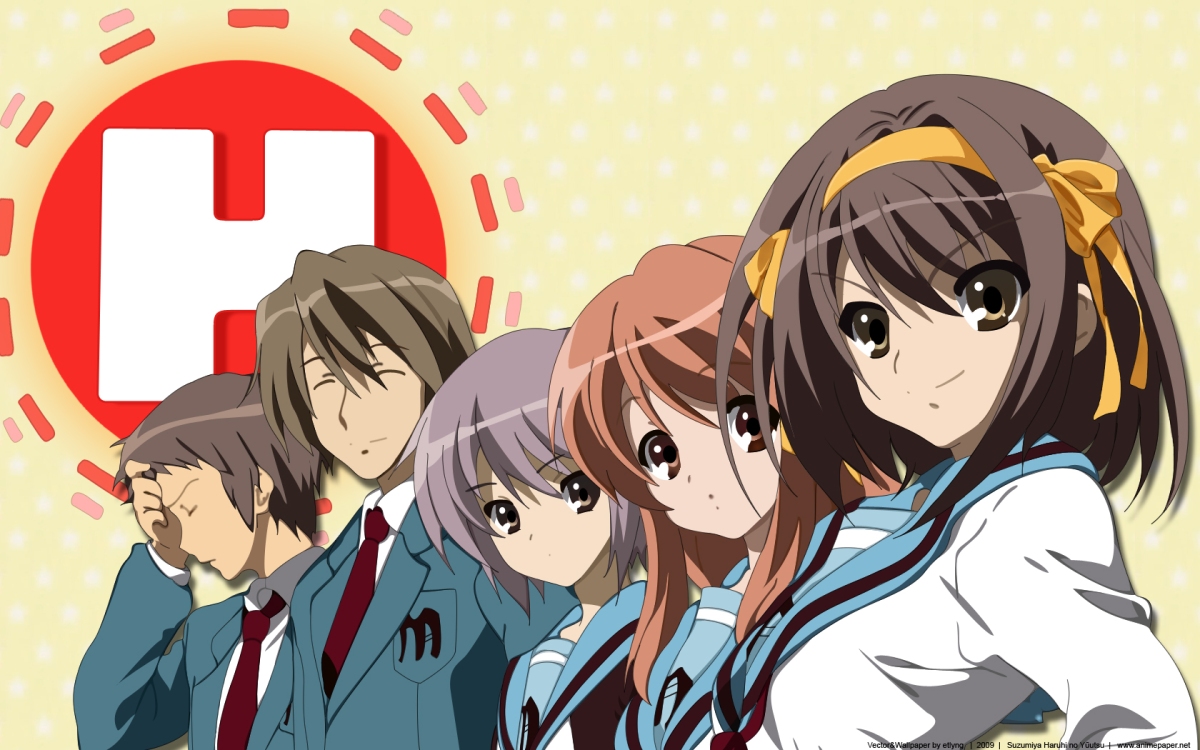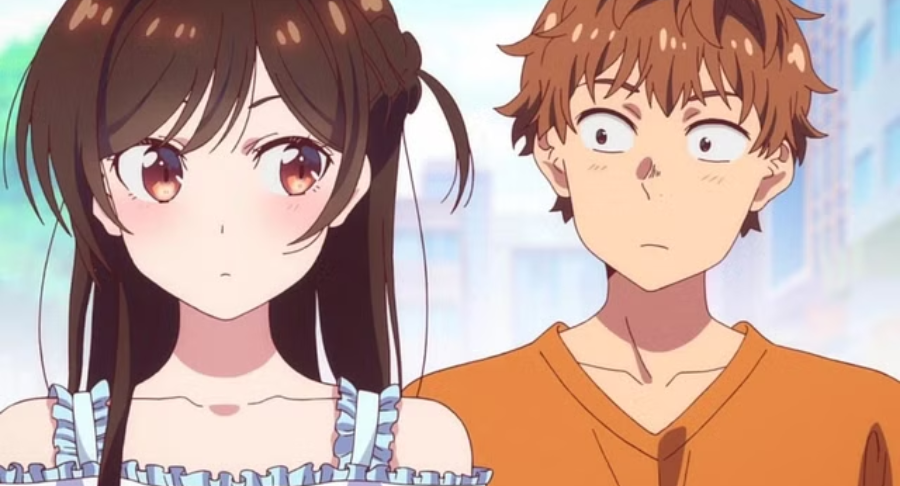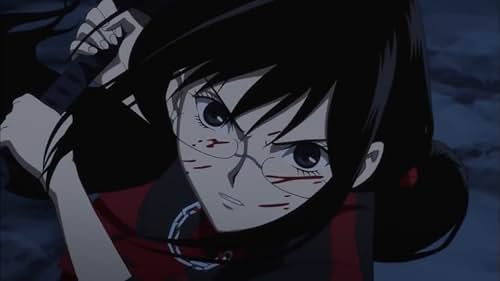The Melancholy of Haruhi Suzumiya has become a cultural staple in the anime community since its debut in 2006. While the series spectacularly showcases Haruhi as the eccentric and enigmatic protagonist, many fans argue that Kyon should be viewed as the true central character. Through his perspective, viewers gain a grounded and relatable viewpoint, contrasting sharply with Haruhi’s larger-than-life nature. In this analysis, we will explore Kyon’s role, his significance in the narrative, and how this perspective enriches the overall experience of the series. Along the way, we will also touch upon The Melancholy Of Haruhi Suzumiya Merchandise that enables fans to celebrate their love for the franchise and its characters.
Kyon’s Unique Perspective
Kyon serves as the bridge between Haruhi’s fantastical world and the audience’s reality. While Haruhi often embodies the role of a catalyst for wild adventures, Kyon’s rational and down-to-earth outlook provides a necessary balance. His observations and often sarcastic commentary highlight the absurdity of the situations he finds himself in, making him highly relatable for viewers. Through Kyon’s eyes, the audience experiences the bewildering events that unfold at North High School, allowing for both humor and tension as he navigates Haruhi’s whims. This duality between Kyon’s skepticism and Haruhi’s exuberance makes their relationship one of the most captivating aspects of the series.
The Complexity of Kyon’s Character
As the series progresses, it becomes evident that Kyon is far more than just an observer; he plays a significant role in the narrative’s development. His interactions with the other characters highlight his importance in shaping the dynamics of the SOS Brigade. Amidst the chaos instigated by Haruhi, Kyon provides the emotional intelligence necessary to understand and connect with the diverse personalities that make up the group. This complexity adds depth to Kyon’s character, reminding fans that the story is as much about his growth as it is about Haruhi’s exploits.
Merchandise and Cultural Impact
The popularity of The Melancholy of Haruhi Suzumiya has led to an array of merchandise, from figures to apparel and beyond. Items featuring Kyon can often be found alongside those depicting Haruhi, emphasizing the narrative’s equal focus on both characters. From collectible figurines capturing Kyon’s iconic expressions to stylish clothing featuring quotes or imagery associated with the series, fans can showcase their love for the story in various forms. This merchandise not only serves as a conversation starter among fellow fans but also reflects the enduring legacy of the series and its characters.
Conclusion
In conclusion, while Haruhi Suzumiya may be the face of her eponymous series, Kyon’s perspective undeniably positions him as the true protagonist. His grounded viewpoint and character complexity enhance the narrative, allowing viewers to explore themes of friendship, responsibility, and the struggle between fantasy and reality. The enduring popularity of the series is aptly demonstrated through its wide array of merchandise, which allows fans to celebrate both Kyon and Haruhi. Ultimately, Kyon’s role in The Melancholy of Haruhi Suzumiya exemplifies how a well-crafted perspective can transform a story, making it resonate deeply with audiences and securing a cherished place in anime history.






